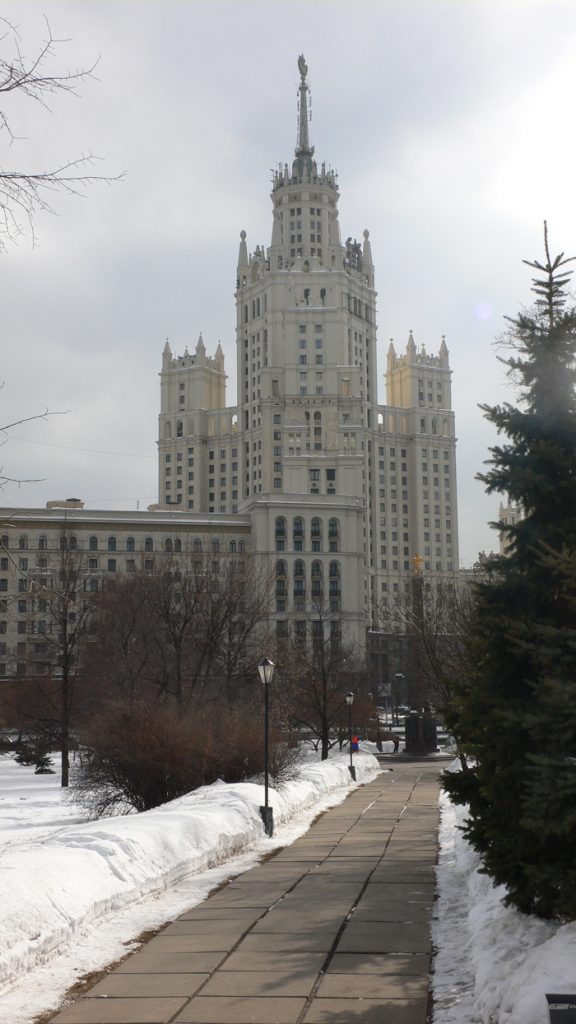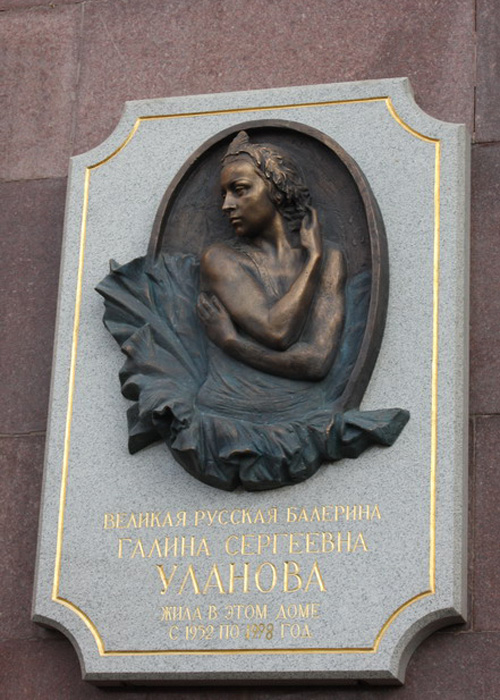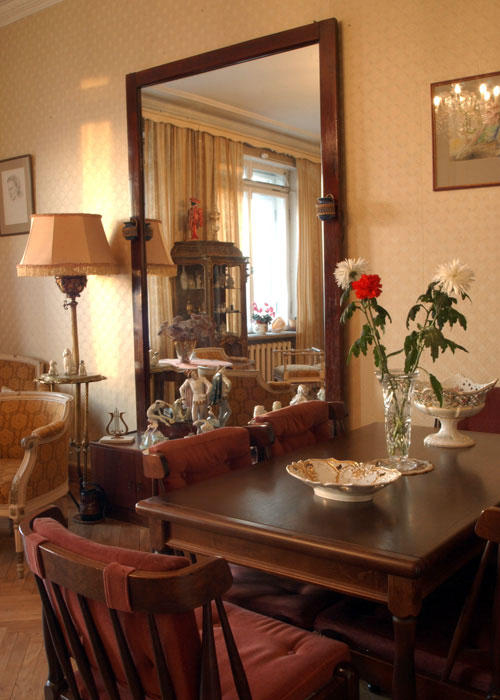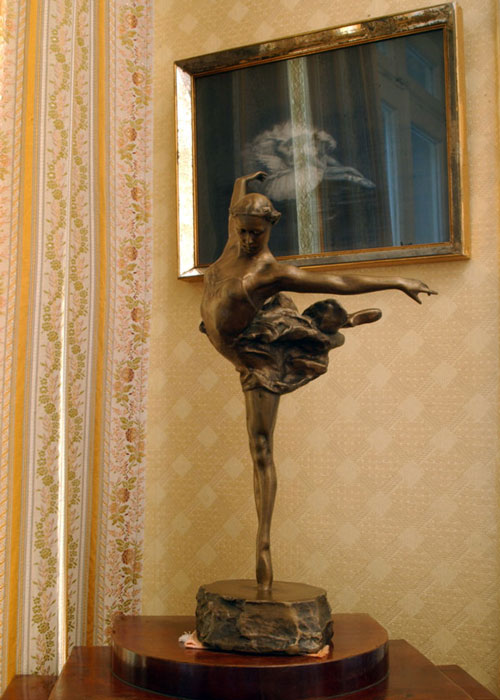On December 17, 2004 the memorial Museum-apartment of G.S.Ulanova on Kotelnicheskaya embankment, where she lived the last years of her life, was opened. The museum-apartment became a part of the State Central Theatre Museum named after A.A.Bakhrushin.
Museum-apartment Ulanova is not just a memorial museum, but an attempt to recreate in the exposition the pages of great life, to show them in the context of time, personal, creative, public relations of the ballerina, and expand the scope of the museum, covering the most significant events and phenomena in the history of national and world choreography. This links the past with the present, making it possible to understand the transient and appreciate the eternal in such an ephemeral art as choreography.
The purpose of the museum is to preserve G.S.Ulanova’s apartment as a single memorial complex with all the property in it, to reveal and collect materials related to the life and work of the ballerina and the art of ballet, to study them, to create a scientific reference apparatus, database, information retrieval system for disclosing the contents of the heritage in the apartment and information about the materials stored in other archives, collections, organizations, private individuals, and to provide scientific, informational, educational and publishing activities.
The objective of the museum-apartment exposition is to reflect the unique personality of the ballerina, Ulanova – artist and Ulanova – human being. The interior of the apartment bears the imprint of Ulanova’s taste, way of life and personal qualities and is an example of how those representatives of the country’s artistic intelligentsia, for whom the main thing in life would be their work, lived in the Soviet and post-Soviet times.
The exhibition presents documents, handwritten and photographic materials reflecting the ballerina’s connections: with colleagues in the art of ballet, drama theatre, composers and musicians, choreographers, artists and sculptors, students, admirers of Ulanova’s talent.
The work of the museum will be organized in such a way that it will be interesting and will attract attention of both specialists, professionals and lovers of choreographic art. A visit to the museum will be organized upon preliminary requests. It will be a venue for meetings of contemporary choreographers, discussions, video-views, discussion of contemporary choreography problems.
The memorial atmosphere in the museum-apartment is preserved as it was during the ballerina’s life. There are works of fine and decorative art, including the works of A. Benoit, M. Chagall, A. Fonvizin, G. Vereisky, Kukryniksov, V. Ryndin, G. Nissky, E. Yanson-Manizer and others. The library has about 2400 books, many with inscriptions. Of undoubted interest is the ballerina’s wardrobe – elegant clothes and shoes from the 50-90s.
Life and work of the ballerina covers almost nine decades. Having left the walls of the St. Petersburg Ballet School and absorbed its great traditions, Ulanova witnessed and participated in the difficult and unique path that Russian choreography has taken from the Imperial Ballet through the decades of the Soviet period to the end of the twentieth century. Abroad, the ballerina came to know such a triumph and received the recognition that no one had had since Anna Pavlova. She became Russia’s spiritual class in the West. The West saw and felt the soul of Russia in her, she made people far beyond their homeland believe that Russia is alive and has carefully preserved much of the past. The atmosphere of the Museum allows to touch the mystery of life of this ordinary and great woman, to feel the uniqueness of human personality and the artist who left a unique trace in the art of the twentieth century.





